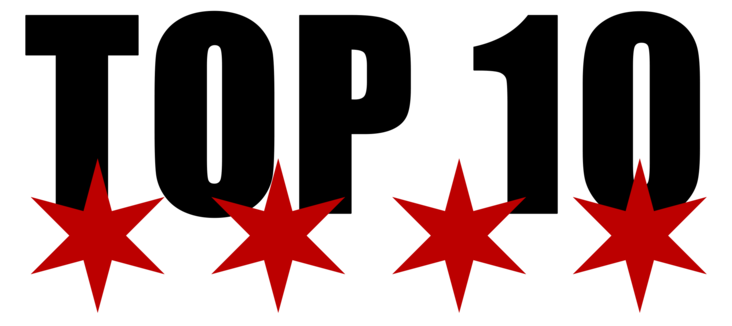The Chicago Blackhawks head into the upcoming offseason in an enviable position. The team is struggling with the NHL salary cap, but on the opposite side from most other teams. As players like Jonathan Toews and Andreas Athanasiou head out the door this offseason, they take with them a massive chunk of the team’s cap hit. The loss of Toews in particular frees up $10.5 million in space. With more than ten Blackhawks’ contracts set to expire, the Blackhawks will undoubtedly resign several of them. Nevertheless, the team is projected to enter the offseason taking up around half of the available cap space. Their cap hit should be around $42.5 million, while the cap was recently raised to $82.5 million for next season.
Cap Floor
However, Chicago isn’t in the clear just yet. While they have more than enough cap space to work with, they now have to contend with the cap floor, the minimum amount a team must spend on their roster. The cap floor for next season is around $62 million, meaning the Blackhawks have to add over $19 million in contracts just to be compliant. Thus, GM Kyle Davidson has plenty of room to work with, but he must do so carefully so as to not negatively impact future rosters.
Superstars To Chicago?
The first way to reach the cap floor seems simple: sign big names. It seems like an easy fix to sign an older, big-name player like Vladimir Tarasenko or James Van Riemsdyk, both of whom are pending unrestricted free agents, to a huge contract. But it isn’t that easy. For starters, these players simply wouldn’t want to play for a team like the Blackhawks at this stage in their careers. For UFAs in their thirties, going to a winner is a top priority. Players wouldn’t want to sign a one or two-year contract to play for a rebuilding team that just isn’t quite there yet.
Even if these players wanted to come to Chicago, it doesn’t seem like Davidson would want them. He spoke about the situation at his end-of-season press conference, where he said that his staff wouldn’t give out any long-term deals. They’re instead prioritizing flexibility and utilizing their advantages in the salary cap department. Thus, if the team was to sign a big-name player, they’d have to do so with a short-term contract. Translation: it’s probably not happening.
Cap Dumps
Where will these contracts come from instead? The answer seems to be in the form of taking on cap dumps. With a surprisingly small cap increase this season of $1 million from last year, more than a few teams will be pressed for cap space. The Blackhawks will likely attempt to get them to offload those contracts in deals similar to the one they made to acquire Nikita Zaitsev in February, where they took on his bloated contract and received picks in compensation. In this way, they can weaponize their abundance of cap space while amassing draft picks and prospects for the future.
Extensions
The Blackhawks could also extend some of their own restricted free agents with longer-term contracts. While they could let go of players like Ian Mitchell, others including Anders Bjork and Taylor Raddysh could be re-signed this offseason. This would not only eat up cap space but also would ensure some stability within the team, allowing them to further gel as they attempt to become contenders. However, Davidson must be careful when doling out extensions, as they could impact their ability to sign other players in the future.
It can be easy to become reckless with so much room under the salary cap, but it seems Kyle Davidson is taking a cautious, measured approach. The Blackhawks find themselves with the most cap space in the league, allowing them to manipulate that space in more ways than one.












